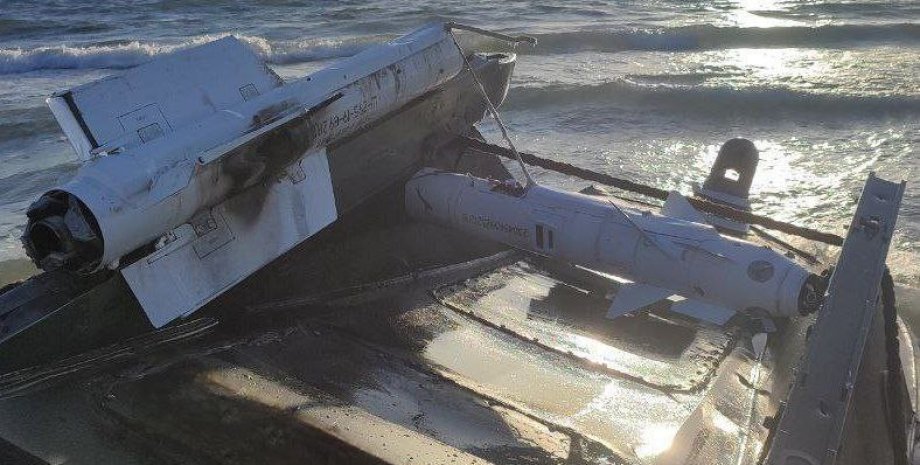
 By Eliza Popova
By Eliza Popova
Bombard fighters and helicopters patrol approaches to the Black Sea Fleet Bays, searching for characteristic traces of non-fingered boats that are approaching, and on which they open fire from rockets and guns. Forbes writes about it. Now Ukrainian unmanned boats are equipped with "Earth-Air" rockets. They may already be firing in response to Russian aviation.
In the video, shot, judging from all, Sunday or Monday, Ka-29 helicopter circles over the Ukrainian drone-Sea Baby, or slightly smaller Magura-before being fired. Collisions with helicopters may have occurred during an attack in Crimea this weekend. It is reported that the boats hit and sank the Russian patrol ship. This is not the first time the Russian aircraft destroyed the Ukrainian drone. But this particular device was set up for two missiles.
On the site of one was a P-73 combat missile with infrared. Apparently, some Ukrainian drones move with anti-aircraft missile complexes. The Russian Telegram channel FighterBomber reported that the peculiarity of the air-air-air missiles with the thermal head of homing is that it does not need any aiming systems and locators-the target is captured by the rocket itself. It is reported that the Armed Forces could somehow "make friends" with a missile with BEK.
"Currently, the most effective means of Beck is helicopters," the publication reads. The GSN R-73 rocket is sensitive to heat sources such as the aircraft engine; It does not require telemetry of the starting installation. But FighterBomber is amazed at how the drone crew remotely launches the P-73. According to his assumption, Ukrainian non-tranted boats have not yet used these anti-aircraft missile complexes.
But it should be noted that the drone, which last Sunday or Monday destroyed the helicopter, had two rocket guides and only one was a rocket. Having equipped sea drones with R-73 rockets, the forces of Ukraine's defense have added a new function to their universal drone. The bulk of Ukrainian sea drones are unilateral shock vessels that are cut into Russian warships. There is also a SEA Baby version that can start unmanaged missiles for remote attacks.
It is possible that the largest of the Ukrainian drones is also equipped with radio signals. It is likely that such a drone has already struck its first air target. According to journalists, at least one, and possibly two Russian helicopters were crashed over the Black Sea on April 9 and 10. The representative of the Navy of Ukraine Dmitry Pletenchuk stated that on April 9, Ka-27 crashed. Numerous sources confirmed the presence of the second helicopter, Mi-24, which crashed on April 10.
There is no official confirmation of the catastrophe of Kamova helicopter. But, a noticeable intricate statement by Pletenchuk: "Minus Russian Ka-27 in Crimea. He was looking for something. He found. " If on April 9 the Russians really lost Ka-27, and this helicopter was looking for a sea drone, he could find it, armed with "Earth-Air Earth" missiles, the authors of the publication suggest.










All rights reserved IN-Ukraine.info - 2022